Two open access reviews portray the widening approach of DNA nanotechnology toward more complex atomically precise systems.
Two open access reviews portray the widening approach of DNA nanotechnology toward more complex atomically precise systems.
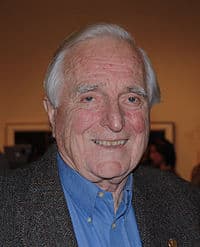
The visionary technologist who invented the computer mouse and hypertext linking, and helped bring about the Information Revolution joined Foresight in advocating online discussion and argumentation systems for exploring emerging technologies.

A simple DNA scaffold organizes light-collecting molecules for artificial photosynthesis.
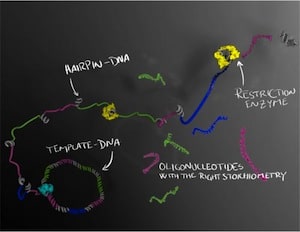
Biotechnology-based isolation and amplification of sequence-verified clones of DNA oligonucleotides will provide longer and less expensive materials for building complex DNA nanostructures and nanomachinery.
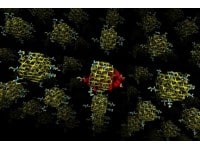
Quantum dots are semiconducting, nanoscale clusters that show electronic characteristics distinct from both bulk-scale materials and single molecules. Their special characteristics make quantum dots attractive for a broad range of potential applications, including photovoltaics and nanoscale transistors. The size and shape of quantum dots impact electrical properties and can therefore be used to tune the… Continue reading Quantum dot conduction impacted by stoichiometry, not dangling bonds

Soon after graphene sheets were being produced on a laboratory scale routinely, researchers began producing the hydrogenated version graphane (with a hydrogen atom on each carbon). This step is one of many approaches aimed at harnessing graphene’s powerful conductivity and is also being explored for hydrogen storage and other potential applications (more info in this… Continue reading Germanane: germanium's answer to graphane
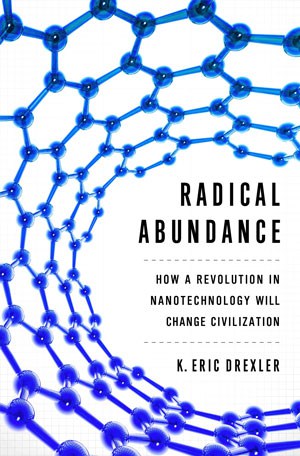
Recently we pointed at a Forbe’s interview with Eric Drexler, in anticipation of his pending new book Radical Abundance. The book has shipped, and Drexler’s tour schedule now includes a few stops on the coasts of the U.S: New York: May 6th Los Angeles: May 8th & 9th Seattle: May 9th Find exact times and… Continue reading Drexler's book tour extends to U.S. May6-9

**Updates: July 2014 — Research out of Argonne National Lab suggested that silicene may have never actually been successfully synthesized, rather that spectra indicate a mixture of silicon and silicon-substrate alloy; see article on Phys.org. August 2014 — Research out of Italy suggests that their spectra establish the presence of silicene though not in a… Continue reading Silicene: silicon's answer to graphene

Foresight’s Director of Education Miguel F. Aznar has proposed nine questions to promote critical thinking and contextual understanding of the issues related to nanotechnology to enable the general public and policy makers to make informed choices on subjects influenced by nanotechnology.
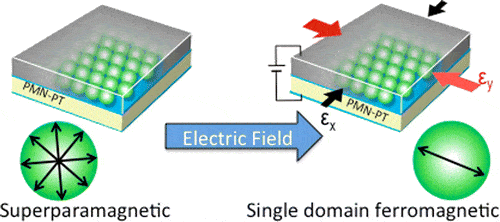
Even though the sound of it is something quite atrocious, superparamagnetism may become a familiar term in the context of nanoscale electronics and devices. Loosely speaking, superparamagnetism is a size-based phenomenon in which materials that are ferromagnetic on the macroscale — meaning predisposed toward strong magnetization at room temperature, such as iron and nickel —… Continue reading Superparamagnetism-explicated-for us